10 Modernist Art Movements That Shaped the 20th Century Art World
The early 20th century was a period of profound transformation in how people perceived civilization as a whole, including their general purposes and outlooks. The outbreak of World War I, dubbed the 'War to End All Wars,' and the unprecedented devastation that followed challenged the foundations of many cultures' belief systems, leading artists to embark on numerous experiences and discoveries in defining morality and what Art should exactly be and do for a culture. As a result, a plethora of artistic movements emerged, each striving to find its place in a constantly changing world.
Post-Impressionism
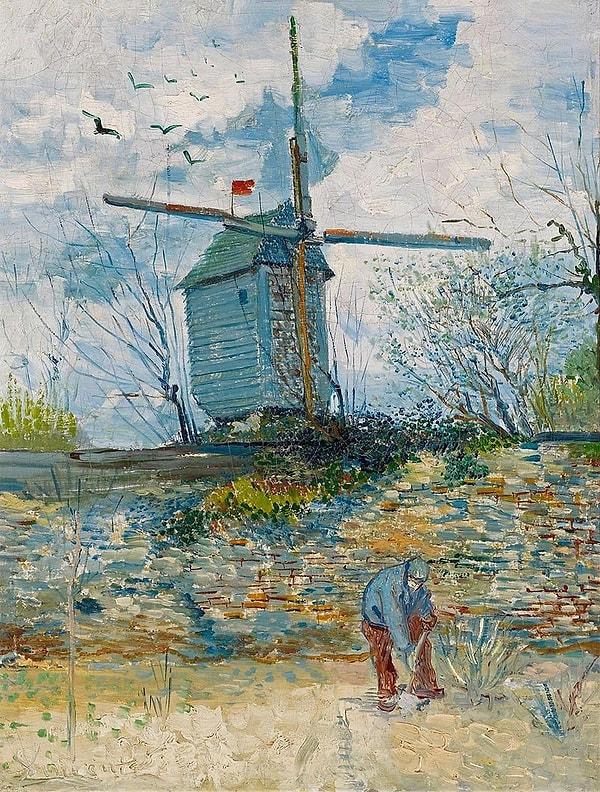
Post-Impressionism is an art movement that sought a purer form of expression by expanding the boundaries of Impressionism. It is famous for the works of artists like Paul Cézanne, Georges Seurat, and Vincent van Gogh. While retaining the characteristics of Impressionism with bright colors and short brushstrokes, it explored deeper emotional expressions and different techniques. Unlike Impressionists, this movement often created works independently of other artists, allowing for the exploration of various experiences and techniques.
Fauvism

This renowned avant-garde movement is considered one of the first examples of its kind in the early 20th century. Fauvism, led by Henri Matisse, owes a significant debt to Impressionism for its vibrant colors used to capture landscapes and still lifes. However, as Fauvists like Matisse infused their paintings with heightened emotionalism, often using bold and overt brushstrokes and vivid colors straight from the tubes that initially shocked viewers, it became its own movement. The term 'fauves' ('wild beasts') coined by art critic Louis Vauxcelles for these painters was due to the excessive expressive power of these raw and simple techniques.
Cubism

A pioneering art movement of the early 20th century, Cubism shattered traditional representations by depicting objects from multiple perspectives simultaneously. Artists like Pablo Picasso and Georges Braque used geometric shapes and abstracted forms to convey depth and perspective in innovative ways. Cubism's Analytical phase broke down objects into fragmented planes, while its Synthetic phase included collages and mixed media. This groundbreaking approach revolutionized artistic expression and influenced subsequent movements, solidifying its place in art history.
Vorticism
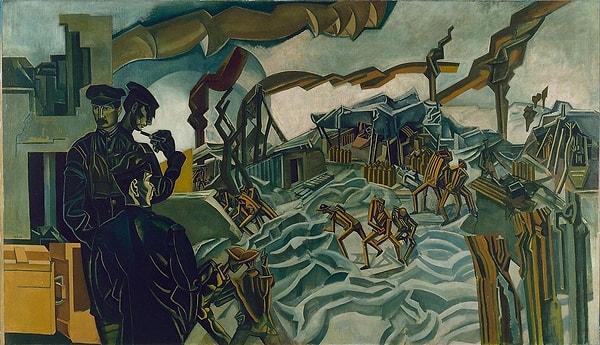
Vorticism was a short-lived yet impactful avant-garde art movement in England during World War I. Led by artists like Wyndham Lewis and Ezra Pound, Vorticism emphasized the dynamic energy of modern life and the machine age, akin to futurism. It rejected naturalistic representation in favor of geometric abstraction and sharp, angular forms. The movement's name was inspired by the 'vortex' or whirlwind of modernity, reflecting its admiration for speed, technology, and urbanization. While primarily expressed through painting and sculpture, Vorticism also influenced literature and graphic design.
Futurism
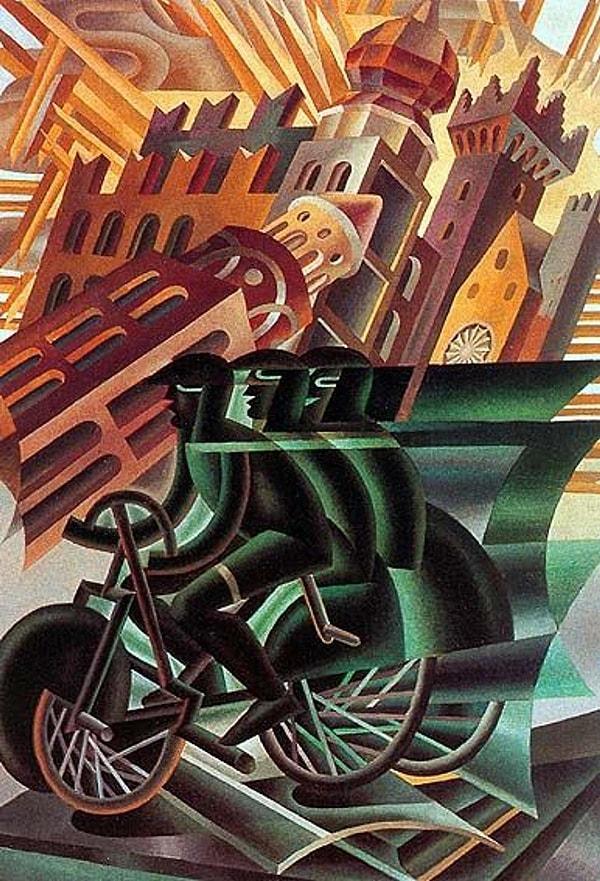
Perhaps one of the most controversial movements of the Modernist period, Futurism embraced change, speed, and innovation, likening people to machines and vice versa while discarding past artistic and cultural forms and traditions. However, at the core of Futurist platform was war and misogyny. Emerging with Filippo Marinetti's 1909 manifesto, Futurism transcended a single art form, embraced by sculptors, architects, painters, and writers. Paintings typically depicted automobiles, trains, animals, dancers, and large crowds; artists borrowed Cubism's fragmented and intersecting planes along with Fauvism's vibrant and striking colors to extol the virtues of speed and dynamic movement.
Constructivism

Constructivism emerged in Russia after the October Revolution, blending influences from Cubism and Futurism with the revolutionary spirit of the time. Led by Vladimir Tatlin and others, this movement advocated for art serving a social purpose using modern industrial materials like plastic, steel, and glass. Tatlin's Monument to the Third International became an iconic symbol of the movement's ideological structure. Rejecting traditional painting, Constructivists focused on practical applications such as ceramics, fashion design, graphics, and architecture. As Soviet repression grew, many Constructivists fled Russia, spreading their ideas to Western countries like Germany, France, and England, continuing to influence art and design there.
Suprematism

A Russian Modernist movement, Suprematism emphasized abstract geometric forms on canvas. Its founder Kazimir Malevich aimed for the 'supremacy of pure feeling or perception' in pictorial arts. Using basic shapes and primary colors, Malevich attempted to reduce art to its essence. His 'White on White' paintings succinctly encapsulated this, featuring a faintly drawn square on a white background. Suprematism often carried spiritual tones but, like Constructivism, faded with increasing Soviet pressure.
De Stijl

Meaning 'The Style' in Dutch, De Stijl aimed for simplicity and accuracy. Founded by artists like Theo van Doesburg, Piet Mondrian, and Jacobus Johannes Pieter Oud in Amsterdam, this movement drew inspiration from Theosophy and Paris Cubism. Rejecting representational art, they embraced pure abstraction using basic shapes and primary colors, also seeking balance found both in life and art. While encompassing various art forms, Oud's architectural achievements like the Workers' Housing in Hoek van Holland best embodied its simple and harmonious essence.
Dadaism
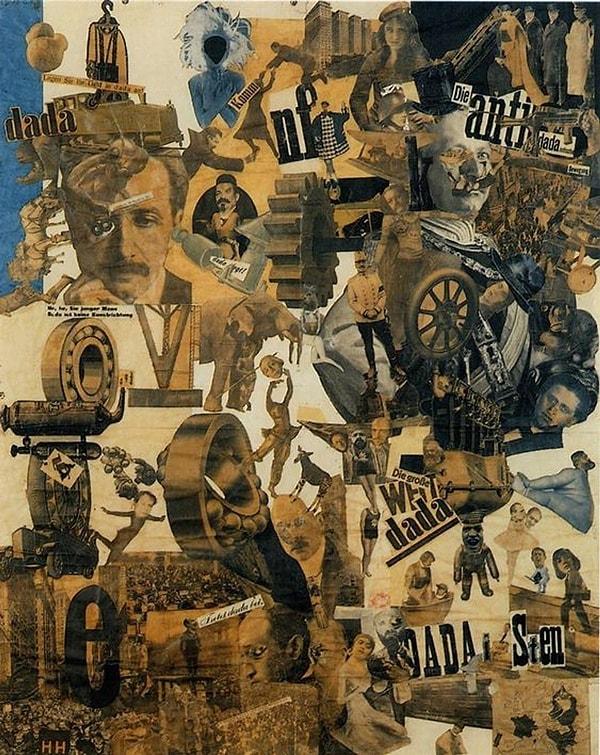
Dadaism emerged in response to the societal chaos and disillusionment of the early 20th century, particularly during and after World War I. Its aim was to reject traditional artistic norms and societal conventions in favor of absurdity, randomness, and meaninglessness. Dadaists challenged established concepts of art, politics, and culture, provoking viewers to question the status quo. Their main techniques included artistic treatment of everyday objects through collage, assemblage, and readymades. Additionally, performances and public shows incorporating chaos and spontaneity were common. While aiming to dismantle traditional thought and embrace the chaotic and absurd as a reflection of modern chaos, Dadaism also aimed to amalgamate conscious and unconscious in a 'surreality'.
Surrealism
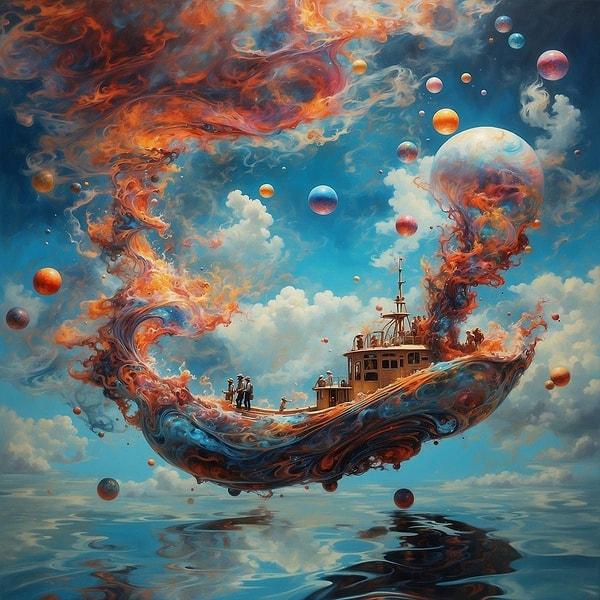
One of the most famous art movements of the Modernist period, Surrealism is remembered for producing instinctive, striking, and aesthetic images, particularly through Salvador Dalí's indelible work Persistence of Memory (1931). Stemming from Dadaist tendencies toward absurdity and inspired by Sigmund Freud's psychoanalytic writings, Surrealism was declared by prominent poet and critic André Breton in his 1924 'Surrealist Manifesto,' intending to unite consciousness with the subconscious; thus, dream and fantasy realms could merge within an 'absolute reality, a surreality.' While primarily remembered through painters like Jean Arp, Max Ernst, and André Masson, Surrealists worked across various mediums including poetry, literature, sculpture, and the then-new medium of film. Breton's militant adherence to manifesto commitment led many members to continue using Surrealist techniques and motifs, while branching into new art forms.
Keşfet ile ziyaret ettiğin tüm kategorileri tek akışta gör!


Send Comment